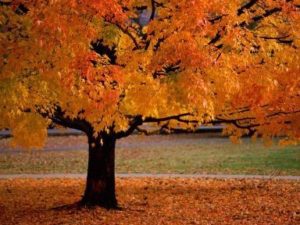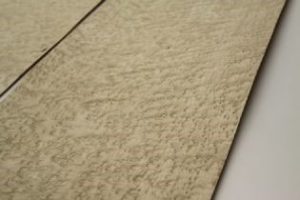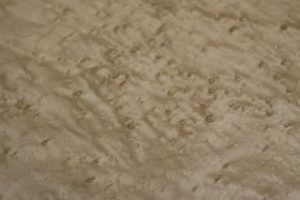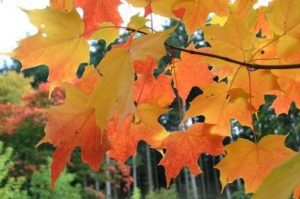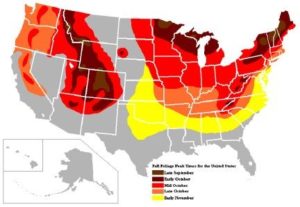Outer Beauty – Inner Charm…
Written by Doug Newhouse
…John Burroughs, an American naturalist and contemporary of Henry David Thoreau, compelled the evolution of the U.S. conservation movement through his essays. He once wrote, “How beautiful the leaves grow old. How full of light and color are their last days.”
This is in reference to the autumn colors of the Maple tree. And it’s inside the Maple tree where we find the uniquely figured wood veneer we call “Birdseye”.
While it’s the outer beauty of the tree that draws our attention; the inner personality surly captures our hearts.
What causes Birdseye Figure?
The Birdseye pattern in wood is much like maple sugaring and fall foliage. We’re accustom to it, we treasure it, and yet, in the end, it remains the tree’s secret. For many years’ botanists have been contesting explanations of what produces the figure. There is no agreement or conclusive evidence to support its occurrence. No one has shown a complete knowledge of any combination of climate, soil, tree variety, insects, viruses or genetic mutation that may produce the effect.
The veneer is Rotary Sliced and often has a delicate background “Quilted” figure as well. And in case you’re wondering there’s no agreement on how to spell it either. (“Bird’s Eye” “Bird’s-eye” “Birdseye”) All that can be said, with certainty, is most of the trees that yield Birdseye, grow around the Great Lakes region of Canada and the United States.
What then makes the leaf colors so brilliant?
Now this one is easier. Nutrient translocation…. What that means is, as fall sets in and the light dims, deciduous plants prepare to lose their leaves. But the leaves aren’t dropped without preparation. Chlorophyll, the pigment of photosynthesis, is an expensive little molecule for the plant to produce. If the leaf detached while it was still full of chlorophyll the plant would be losing precious, hard-to-obtain elements like nitrogen and magnesium. So in fall, the chlorophyll breaks down into its component parts and they are then translocated (moved) down toward the roots until they are needed again in the spring.
What’s left behind are orange and yellow pigments called carotenoids, which are always present in the leaf. They shine through the leaves once the chlorophyll has unmasked them. This pigment is also found in oranges and carrots.
The red color comes from anthocyanins, which unlike carotenoids, are only produced in the fall. This is in response to bright light and excess sugars within leaf cells. They also give color to strawberries, red apples, and plums. Thus the weather contributes to the final leaf color we see, and makes variations from year to year.
TO E. M. A.
by John Burroughs
A change has come over nature
Since you and June were here;
The sun has turned to the southward
Adown the steps of the year.
The grass is ripe in the meadow,
And the mowers swing in rhyme;
The grain so green on the hillside
Is in its golden prime.
No more the breath of the clover
Is borne on every breeze,
No more the eye of the daisy
Is bright on meadow leas.
The bobolink and the swallow
Have left for other clime-
They mind the sun when he beckons
And go with summer’s prime.
Buttercups that shone in the meadow
Like rifts of golden snow,
They, too, have melted and vanished
Beneath the summer’s glow.
Still at evenfall in the upland
The vesper sparrow sings,
And the brooklet in the pasture
Still waves its glassy rings.
And the lake of fog to the southward
With surges white as snow-
Still morn away in the distance
I see it ebb and flow.
But a change has come over nature,
The youth of the year has gone;
A grace from the wood has departed,
And a freshness from the dawn.
The Saturday Press, c 1860
